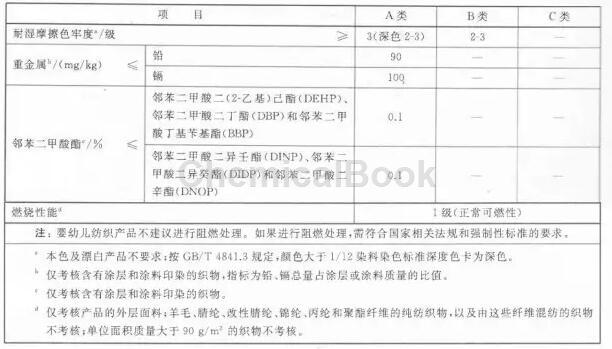1. What are phthalates (esters)?
Phthalates are a group of chemical compounds that are mainly used in polyvinyl chloride materials to change polyvinyl chloride from hard plastic to elastic plastic and act as plasticizers .
2. The dangers of phthalates
The latest research from Germany shows that Phthalate, a chemical that is harmful to health, is present in many cosmetics, toys, and food packaging. Research suggests that a global decline in men’s sperm counts over the past few decades may be linked to phthalates, chemicals widely used as softeners in light industry. This substance is widely found in cosmetics, children’s toys, and food packaging. If its content exceeds the standard, it will cause great harm to human health.
Research shows that phthalates play a role similar to estrogen in humans and animals, and can interfere with endocrine, reducing men’s semen volume and sperm count, lowering sperm motility, abnormal sperm morphology, and severe complications. Testicular cancer is the “culprit” causing male reproductive problems. Among cosmetics, nail polish has the highest phthalate content, and many cosmetics also contain these substances in their fragrance ingredients. This substance in cosmetics will enter the body through women’s respiratory system and skin. If used excessively, it will increase the chance of women suffering from breast cancer and will also harm the reproductive system of their future male babies.
3. Where do phthalates (esters) exist?
Phthalates are a class of chemicals that have a softening effect. They are widely used in toys, food packaging materials, various plastic materials, detergents, lubricants, personal care products, etc. This substance The areas that can be covered are very broad.
4. Restriction directives related to phthalates (esters)
Europe
EU Directive 2005/84/EC, which limits the phthalate content in toys and child care articles, came into effect on January 16, 2007. All EU member states have already implemented this by July 16, 2007. This directive will be converted into domestic laws, and their respective relevant laws will be implemented on January 16, 2008.
Restrictions on phthalates under Directive 2005/84/EC:
●The concentration of three types of phthalates (DEHP, DBP and BBP) contained in the plastic of toys or child care products must not exceed 0.1%.
●Toys and child care products with concentrations of DEHP, DBP and BBP exceeding 0.1% shall not be sold in the EU market.
●The concentration of three types of phthalates (DINP, DIDP and DNOP) contained in the plastics of toys and child care products that children can put in their mouths must not exceed 0.1%.
●Toys and child care products with a concentration of DINP, DIDP and DNOP exceeding 0.1% shall not be sold in the EU market.
United States
On August 14, 2008, US President Bush signed the Consumer Product Safety Improvement Act H.R. 4040 into law, setting clear restrictions on phthalates in general consumer products exported to the United States.
China
The GB 31701-2015 “Technical Specifications for Safety of Textile Products for Infants and Children”, which was implemented on June 1, 2016, has added restrictions on phthalates. See the picture below for details:


 微信扫一扫打赏
微信扫一扫打赏

